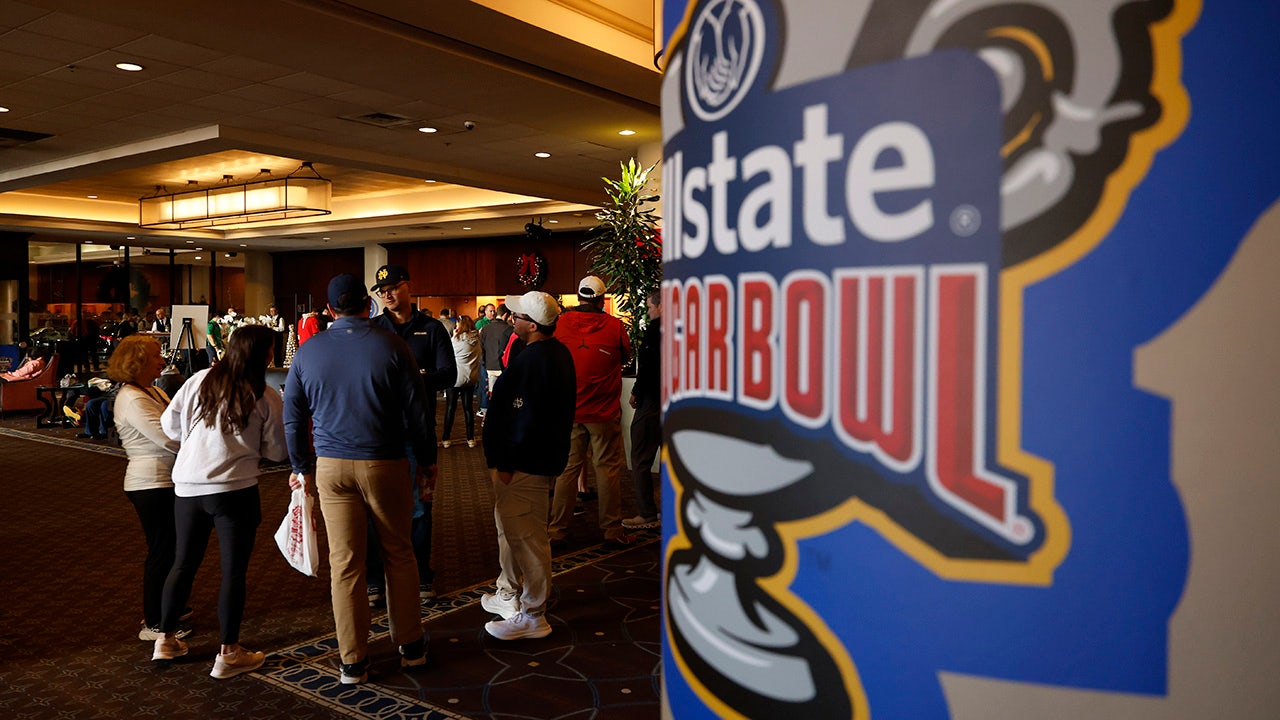Those with, without HIV have similar monkeypox outcomes, study finds
A new study from Germany shows no major differences in the clinical picture in those with or without HIV who contract monkeypox. The study, in HIV Medicine, was based on 546 monkeypox cases in Germany, which has one of the highest monkeypox case counts in Europe. The study is published in HIV Medicine.
All patients in the study were men who have sex with men (MSM), and 46.9% were living with HIV, mostly with a preserved immune system and viral suppression. In men without HIV, 42.5% were also taking HIV pre-exposure prophylaxis (PrEP) and 10.6% of MSM had no known HIV infection or PrEP use. The median age was 39.
The symptoms and presentation of the virus were similar in men both with and without HIV. No men died, and 4% required hospitalization.
Also, a study in The Lancet Child & Adolescent Health describes 16 pediatric cases of monkeypox in Spain; 4 patients were 4 years old or younger, and the other 12 were ages 13 to 17.
In three of the younger patients the transmission route was through household contact with their parents, and in one patient the transmission route was unknown. In the older group, nine patients were infected via an outbreak in a tattoo and piercing studio, and three contracted the disease during sexual contact.
None of the pediatric patients required hospitalization.
In other news, the US Centers for Disease Control and Prevention (CDC) late last week reported 497 more monkeypox cases, raising the national total to 19,962.
Sep 4 HIV Med study
Sep 1 Lancet Child Adolesc Health study
Sep 2 CDC update
Yellow fever cases increase in Africa, WHO says
Though yellow fever is endemic in Africa, the situation has intensified since the end of 2021, with 12 countries reporting probable or confirmed cases, the World Health Organization (WHO) said in a Sep 2 update. It added that ongoing complex transmission has led to 184 confirmed cases, 274 probable cases, and 21 deaths from Jan 1, 2021, to Aug 26, 2022.
Of nine countries that reported cases in 2021, six continue to report confirmed cases in 2022. One of the major hot spots is Ghana, which reported 33% of all confirmed cases. This year, Kenya and Uganda have been added to the list of countries reporting confirmed cases. Most cases involve people aged 30 or younger.
The WHO said more cases are expected as Africa enters the season when cases typically rise. It said the risk at the regional level is high, amid concerns about suboptimal immunization coverage in most of the affected countries. The WHO said routine childhood vaccination for yellow fever in 2021 was 47%, much lower than the 80% threshold needed to confer population immunity. Coverage in affected countries ranges from 7% in Kenya to 94% in Ghana.
Many countries experiencing yellow fever cases are grappling with other health threats and instability, which contributes to delays in diagnosis and surveillance. The WHO noted that the global risk is low and that no exported cases have been reported since January 2021.
Sep 2 WHO yellow fever update
WHO prequalifies GSK malaria vaccine
GSK today announced that the WHO has prequalified its RTS,S/AS01 (Mosquirix) vaccine, the first for a malaria vaccine and a key step that paves the way for the vaccine to distributed to countries that have moderate to high Plasmodium falciparum malaria transmission.
The WHO prequalification is mandatory for United Nations organizations such as UNICEF to buy vaccine in partnership with Gavi, the Vaccine Alliance. Prequalification is a rigorous regulatory process that assesses clinical, safety, and technical data to ensure that the vaccine meets preset standards and is appropriate for the target population.
Thomas Breuer, GSK’s chief global health officer, said that so far more than 1 million children in Ghana, Kenya, and Malawi have had at least one dose of the vaccine, donated by GSK through the Malaria Vaccine Implementation Programme. He added that the WHO prequalification paves the way for more kids to benefit from the vaccine.
A WHO-led pilot program was first launched in Malawi in 2019, which showed that the vaccine was safe and feasible. In October 2021, the program was expanded to more moderate- and high-risk countries. The vaccine is given on a four-dose schedule that begins at 5 months and continues through age 2.
Sep 6 GSK statement















;Resize=(1180))


![Ep264: [Lean Series] What Happens If You Diet Too Soon Ep264: [Lean Series] What Happens If You Diet Too Soon](https://carrotsncake.com/wp-content/uploads/2022/11/What-to-eat-to-balance-your-hormones-768x509.jpg)

Discussion about this post